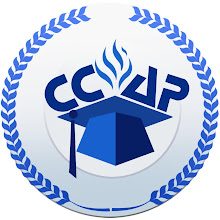By Richard Vedder
Some university presidents are gloating a bit or giving a bit of a sigh of relief because the price of for-profit higher education stocks is down a good bit this year. Apollo Corp., for example, is down more than 30 percent. But what has happened to the University of Michigan or Colorado College? Are they up or down? Who knows? There is no clear "bottom line" in most of higher education, with the conspicious exception of athletics.
US News & World Report (hereafter, USNWR) knows the American desire to compete, to be the best, to excel. So they have created a bottom line, their annual college rankings. They are to be commended for offering the consumers a much desired service.
Yet the USNWR rankings are based in considerable part on inputs -- the quality of incoming students, the proportion of alumni giving money, the amount of faculty hired, class sizes, etc., and not on outcomes. When Consumer Reports rates cars, they drive them; USNWR does the equivalent of measuring the amount of steel used in cars, rather than their performance.
Colleges in their zeal for USNWR recognition thus have a bias to turn down deserving but only "good" as opposed to "outstanding" students, therey reducing access and restricting supply; similarly, they have incentives to spend rather than conserve resources.
We need some new "bottom lines" that are outcomes based-- what did the kids learn in college? The Higher Education Commission;s draft report comes down pretty strong in pushing to provide consumers new outcome-based measures and other easy-to-understand indicators of performance. This is good, and in large part for that reason, I will be voting to adopt the report (as a member of that commission). Let us give USNWR some real competition in the rating business.
Subscribe to:
Post Comments (Atom)

No comments:
Post a Comment